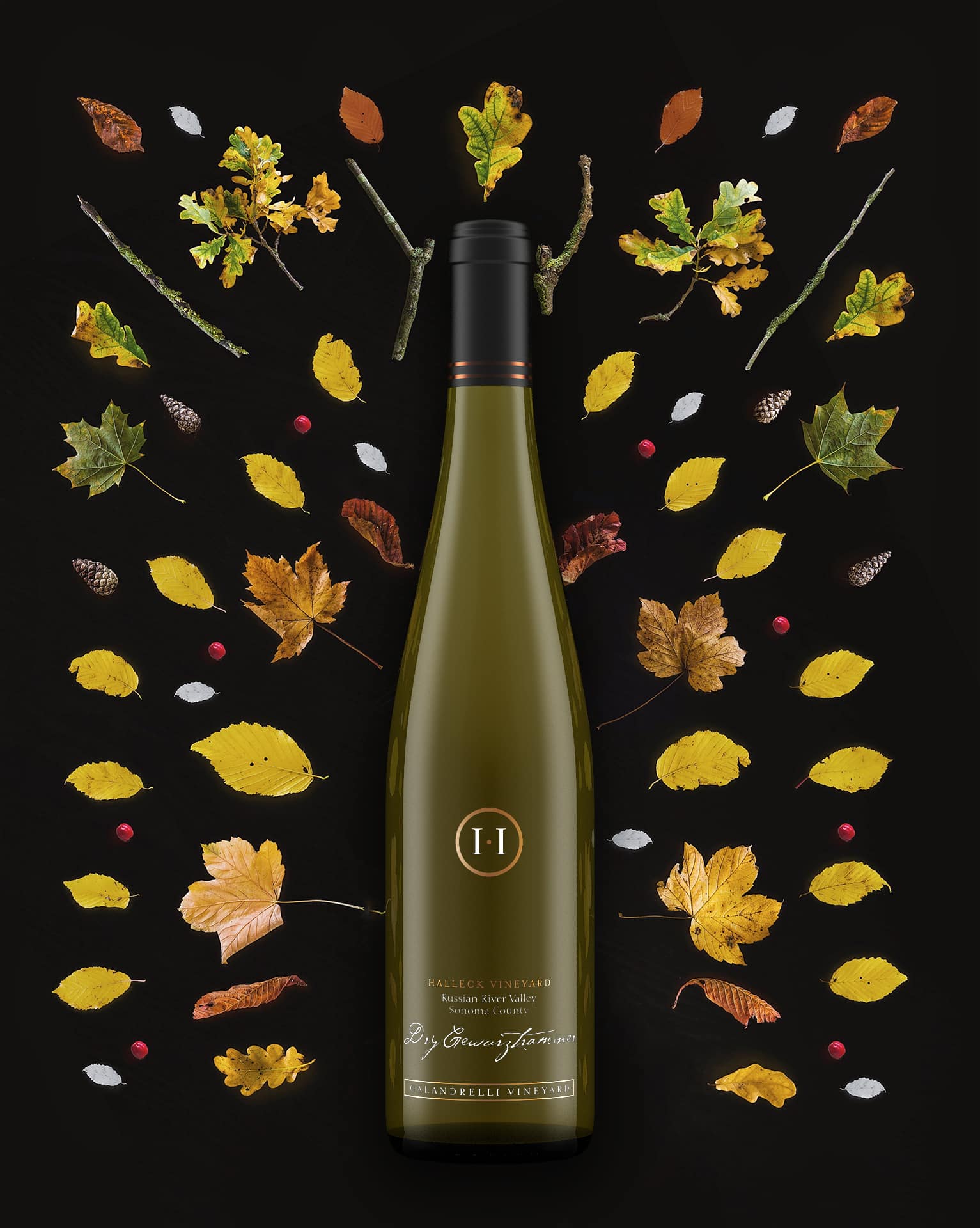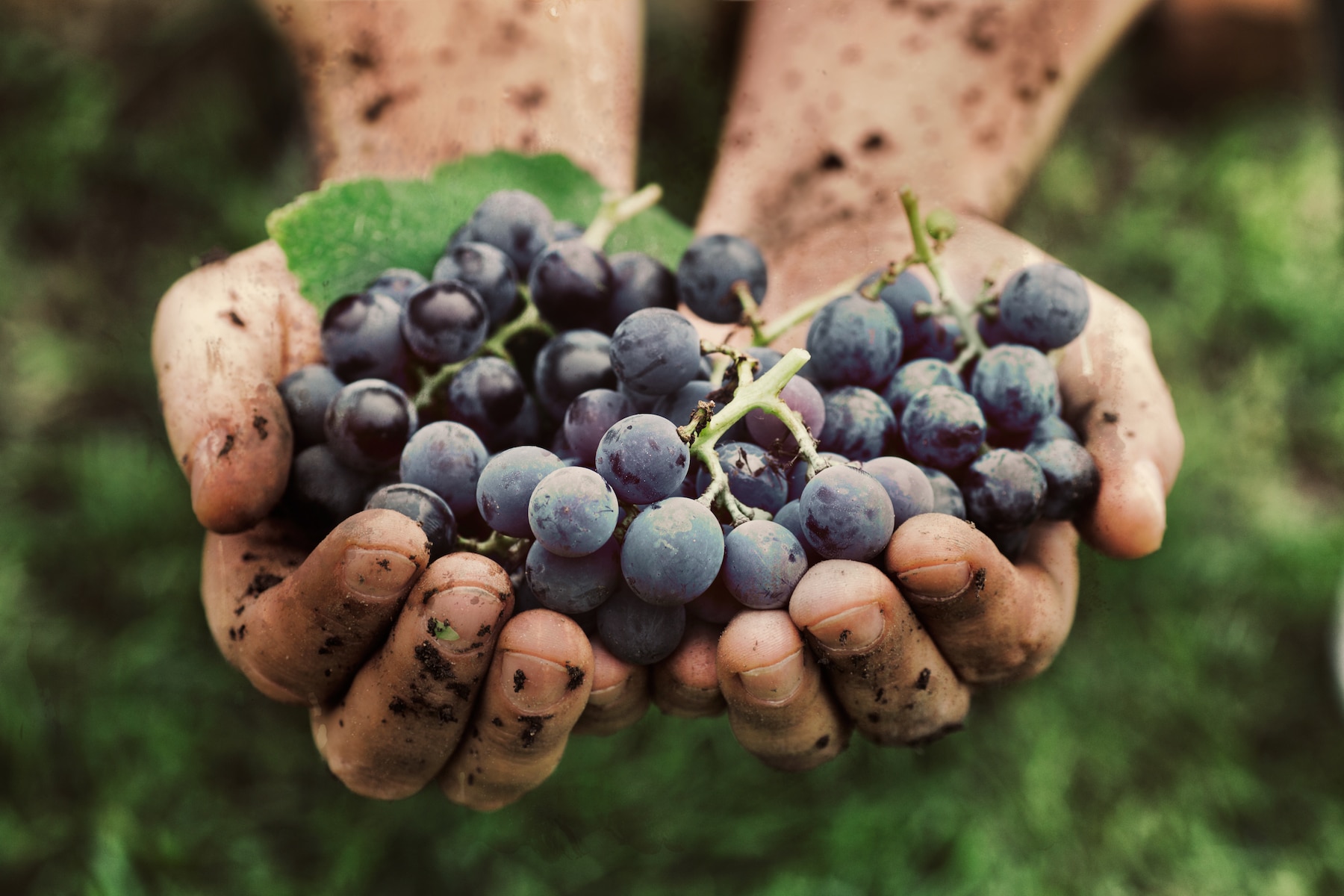Wineries With Beautiful Architecture - Sonoma Vineyards For A Perfect Day Out
Wineries With Beautiful Architecture - Sonoma Vineyards For A Perfect Day Out
Blog Article
Vineyard Tours With Guided Tastings In Sonoma - A Winery In The Sonoma Valley To Discover
Wine tasting is an art that mixes sensory experience with an appreciation for the nuances of various varietals. How to gauge flavors in winery wine tasting periods is pivotal to grasping the complexities of wine.
Participating in a wine tasting involves greater than merely sipping and savoring. It requires a focused method to establish aromas and flavors that every wine presents. As you begin, observe the wine's look, noting its color and readability. These visual cues often recommend a wine’s age, grape variety, and even potential flavor profiles.
The subsequent step in the tasting course of is to swirl the wine in your glass. This action releases aromatic compounds which are important for analysis. Lean in and take a second to inhale deeply; the aromas can vary from floral and fruity to spicy and earthy. The nostril of the wine is simply as necessary because the palate, and recognizing scents plays a significant position in understanding the general experience.
When taking your first sip, enable the wine to maneuver throughout your palate - Wineries That Offer Food Trucks On Weekends. Notice the preliminary flavors that current themselves. Is the wine fruity, floral, or perhaps herbaceous? This preliminary taste provides insight into what the wine is more doubtless to specific as you continue to gauge it. The mouthfeel additionally contributes to the overall flavor experience; it can be silky, tannic, and even effervescent.
Wineries Pairing Wine With Chocolate - Wineries In The Sebastopol Region
As you proceed tasting, pay attention to the wine’s stability. A well-balanced wine will harmonize acidity, sweetness, and tannins. If one component overwhelms the others, it might indicate a much less desirable high quality. Evaluating steadiness may help you identify how properly the wine may pair with food.
Transitioning to the end, contemplate how the flavors evolve because the wine lingers on your palate. A long, nice end can indicate a high-quality wine, while a brief or abrupt end would possibly suggest otherwise. Mirror on whether or not the flavors remain consistent or if new notes emerge as the wine settles. This development can reveal complexities and intricacies which may not have been obvious in the preliminary tasting.
Temperature can additionally be a crucial factor in evaluating wine flavors. Completely Different types of wine are optimally loved at specific temperatures. White wines typically shine when chilled, whereas red wines typically carry out best at room temperature. When tasting, ensure the wine is at the appropriate temperature to totally appreciate its character.
Wineries In Dry Creek Valley - Best Winery In Sonoma For Quality Wine
Pairing food with wine can tremendously enhance the tasting experience. Foods can influence the perception of flavors in wine, either highlighting certain characteristics or diminishing them. When evaluating flavors, consider how the wine interacts with completely different foods, noticing which flavors are amplified or muted (Wineries That Host Harvest Festivals).
Contemplate the affect of terroir as you interact in a winery tasting. Terroir encompasses the distinctive environmental elements that affect grape growing, together with soil composition, local weather, and geography. Understanding a wine's terroir can present perception into its flavors and aromas, fostering a deeper appreciation for the alternatives made throughout its cultivation and manufacturing.
Schooling plays a elementary function in enhancing one's ability to gauge wine flavors. Studying about grape varieties, wine regions, and manufacturing methods can pave the way for extra knowledgeable judgments during tastings. Additionally, attending workshops or classes can refine sensory skills and broaden your flavor vocabulary, enabling you to articulate tasting notes extra successfully.
Finally, it is important to keep in mind that evaluating wine flavors is a highly personal experience. Particular Person preferences and perceptions will invariably shape one’s tasting journey. Enjoyment ought to be on the forefront, with the analysis process performing as a device to enhance understanding and appreciation rather than create rigid tips.
Wineries With Artisan Chocolate Pairings In Sonoma - Top-Rated Wineries In Sebastopol
In conclusion, mastering how to consider flavors in winery wine tasting sessions includes a mixture of sensory engagement, knowledge, and practice. By studying to determine aromas, assess the balance, and appreciate the intricacies of flavor, wine enthusiasts can deepen their connection to every bottle they encounter. As with any art type, the extra one immerses themselves in the experience, the more they'll uncover and benefit from the huge world of wine.
- Begin by observing the wine's color and clarity, as these visual components can trace at its flavor profile and aging potential.
- Swirl the wine gently in your glass; this releases aromatic compounds, allowing you to raised determine the advanced scents related to the wine.
- Take a deep inhale earlier than tasting, focusing on both main and secondary aromas to assemble insights on fruits, spices, and different nuances.
- When tasting, enable the wine to coat your palate; note the preliminary flavors, the mid-palate complexity, and the end as these stages can provide totally different flavor highlights.
- Pay consideration to texture and mouthfeel, as features corresponding to tannin ranges, acidity, and sweetness contribute considerably to the general tasting experience.
- Examine flavors towards normal wine characteristics; for pink wines, contemplate berry notes, oak affect, and herbal tones, whereas whites might embrace citrus, stone fruits, and floral hints.
- Take notes through the tasting session to track your impressions, serving to you to remember and evaluate the different wines sampled.
- Discuss your findings with fellow tasters or winery workers, as sharing insights can improve understanding and appreciation of individual flavors.
- Allow time for the wine to breathe; generally, flavors evolve and reveal new dimensions after being uncovered to air.
- Experiment with food pairings in the course of the tasting as they'll dramatically alter how flavors are perceived, influencing general enjoyment.undefinedWhat should I look for when evaluating the aroma of wine throughout a tasting?
Begin by swirling the wine in your glass to release its aromas. Bring the glass to your nostril and take a deep breath. Pay consideration to the first scents you detect, as these are often probably the most prominent. Look for fruit, floral, natural, or earthy notes and attempt to identify specific characteristics, which is ready to deepen your understanding of the wine's complexity.
Top Rated Wine Experiences In Sebastopol - Vines And Views In Sonoma Wine Country

How can I distinguish between completely different flavor profiles in wine?
Understand that flavor profiles are often categorized as fruit, floral, herbaceous, spicy, or mineral. find out Take small sips and permit the wine to coat your palate. Notice the primary flavors that emerge first and the refined official website notes that follow. This layering is crucial in distinguishing the wine's traits and can help you respect its distinctive profile.
Wineries That Offer Dog Friendly Areas - Wine Tasting Experiences In Sonoma Valley
What is the importance of the wine's texture in a tasting?

The texture of the wine, also identified as mouthfeel, plays a vital position in how we perceive flavors. Pay attention to whether the wine feels clean, creamy, or gritty. The body of the wine (light, medium, or full) can enhance or distinction with flavors, providing a extra rounded experience throughout tasting.
How do I assess the balance of flavors in wine?
Steadiness in wine refers to the concord between acidity, sweetness, tannin, and alcohol. Take a moment to evaluate whether or not these components complement or intrude with each other. A well-balanced wine could have none of its elements overpowering the others, creating a nice tasting experience.
Wineries In The Heart Of Sonoma County Wine Region - Enjoying Wine Tastings And Vineyards Near Sebastopol
What role does temperature play in evaluating wine flavors?
Temperature can considerably impression the notion of flavors. Typically, pink wines are best served barely beneath room temperature, whereas white wines get pleasure from being chilled. As the temperature modifications, the aromas and flavors can shift, allowing you to perceive completely different characteristics. It’s essential to style wine at its optimum temperature for true evaluation.
Wineries With Scenic Views - Sonoma Wine Culture
How can I improve my tasting skills over time?
Practice is vital to enhancing your tasting skills. Wine Tasting Tours In Russian River Valley. Attend tastings, maintain a journal of your experiences, and explore different sorts of wines to broaden your palate. Moreover, studying about wine manufacturing and grape varieties can present context that enhances your analysis course of, making you a more informed taster.
Is there a specific order in which I should taste the wines?
Wineries Known For Their Hospitality - Wine Tasting At Sonoma Vineyards
Yes, it’s advisable to taste wines from light to full-bodied and dry to candy. This progression prevents the stronger flavors from overshadowing the more delicate ones, permitting you to totally recognize each wine's traits and nuances without palate fatigue.
Apple+Blossom+Elementary+School,700+Watertrough+Road,+Sebastopol
How can I consider the aftertaste of wine?
Wineries Ideal For Large Groups - Sonoma's Premier Wine Tasting Events
The aftertaste, or finish, is an important side of the wine-tasting experience. After swallowing, pay attention to how long the flavors linger on your palate and whether they change. A long, pleasant end is usually an indicator of a high-quality wine, whereas a brief or unpleasant finish could suggest in any other case.
Why is it important to notice the wine’s acidity during tasting?
Acidity contributes to the general freshness and structure of the wine. Pay consideration to the tingling sensation in your tongue; larger acidity can enhance the wine's liveliness and balance out sweetness. Noting acidity helps decide the wine's versatility with food and its growing older potential.
What should I do if I struggle to determine specific flavors in wine?
Off The Beaten Path Wineries In Sonoma - Sonoma Wine Tasting Adventures
Struggling to identify flavors is widespread, especially for newbies. Focus on broader classes and describe what you can recognize, corresponding to sweet or earthy notes. With practice, studying about totally different flavor profiles, and maybe using flavor wheels, you'll refine your senses and develop a extra nuanced method to tasting. Report this page